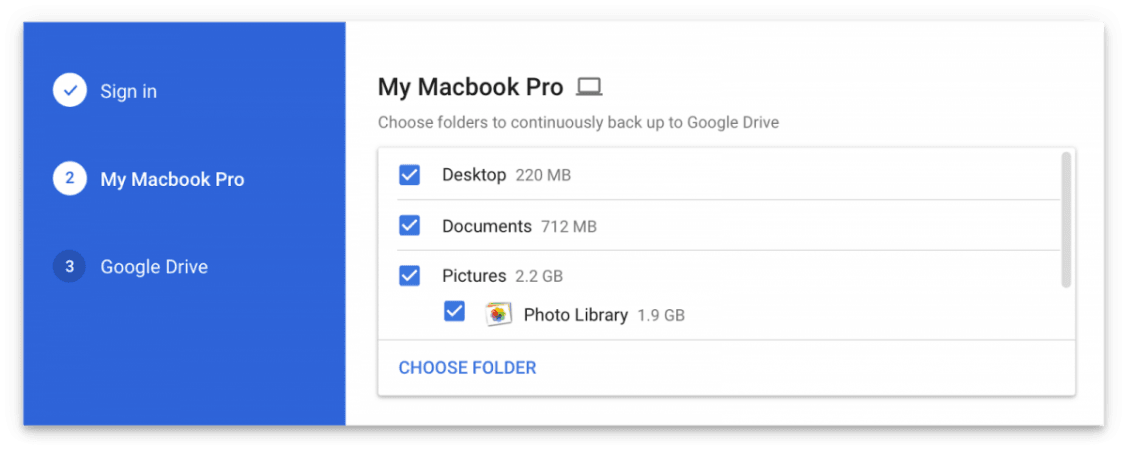
Backing up a computer can be a horrendous task if you don't know your way around a PC. You'll end up searching "how to backup a Mac or PC" on Google. If you are going to ask Google anyway, why not take advantage of Google's tool to simply backup your computer. Yes, that's possible.
Backing up your computer using Google Drive will not require an external hard drive, and the entire process can be as simple as it can get. Google is giving more power to its Drive by making it Omnipresent.
Google Drive, with its new superpowers, will be called "Backup and Sync" and it will replace Drive and Photos Backup app on June 28. Google's new Backup and Sync will be able to monitor and backup any file or folder you ask it to. Even if that means your desktop, be it Mac or Windows PC, your Microsoft documents, photos and videos and more.
Google Backup and Sync is "a tool intended to help everyday users back up files and photos from their computers, so they're safe and accessible from anywhere. Backup and Sync is the latest version of Google Drive for Mac/PC, which is now integrated with the Google Photos desktop uploader. As such, it will respect any current Drive for Mac/PC settings in the Admin console," Google explained in its G Suite blog post on Wednesday.

But users thinking of backing up their large files and drives must be sure of this one fact. Your backups will eat into your free 15GB space, which is available on all free accounts by default. But if your data exceeds 15GB, which is highly likely in the case of backing up a PC, you'll need to buy additional cloud storage.
Google has two storage plans, $1.99 and $9.99 per month, where users get 100GB and 1TB extra space on cloud. Users can also fetch discounts on annual subscriptions. But in case your company uses G Suite, the storage allotment is likely to be different than the free accounts. Moreover, for you to be able to use Google Backup and Sync, your employer must give you Google Drive access.
Let us know if you will be using cloud to backup your computer or stick to the classic method of storing all your files in an external hard drive.














